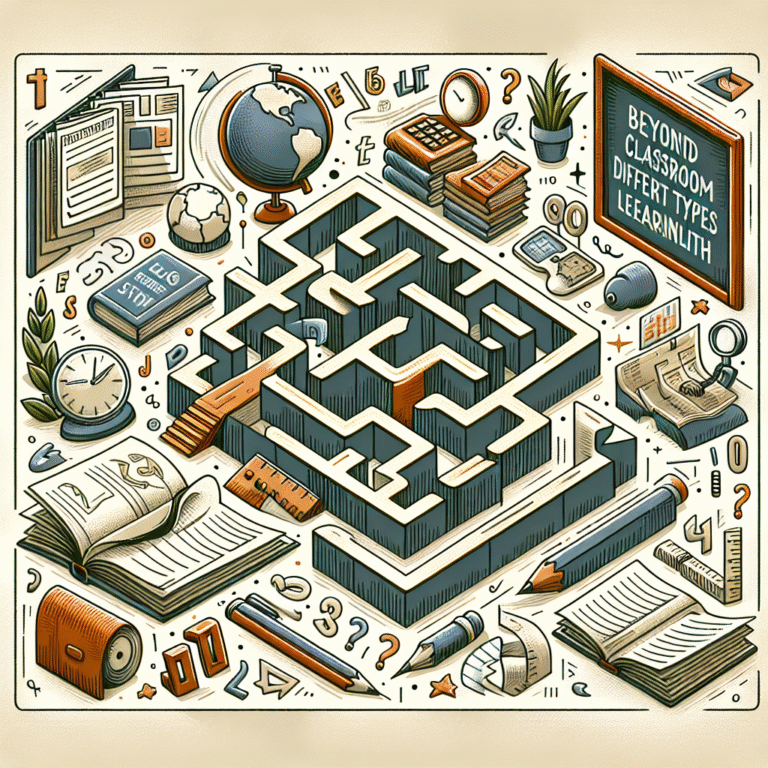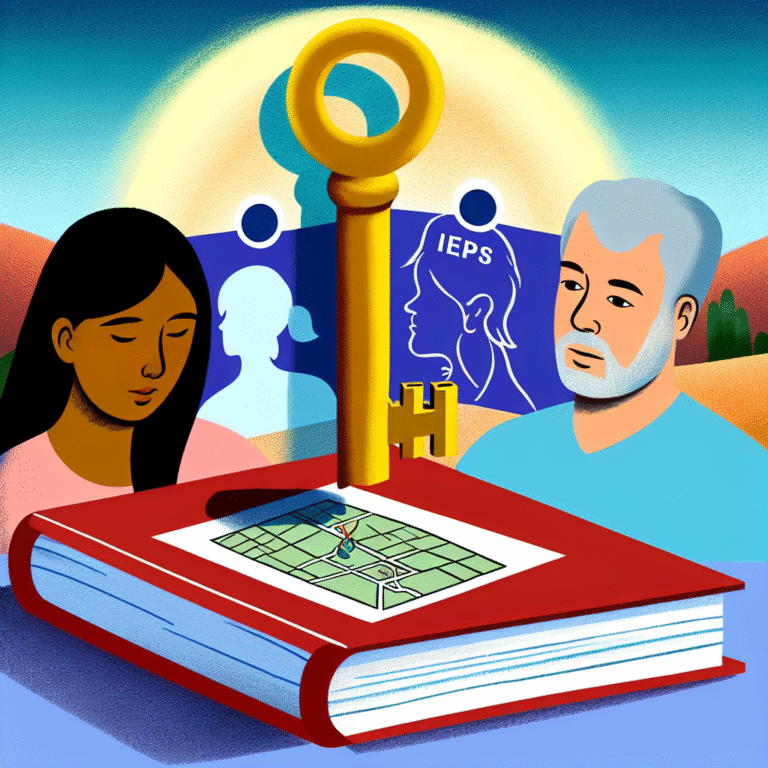The Lasting Impact of Trauma: Understanding Brain Changes and Mental Health Outcomes
Introduction
Imagine a storm that leaves destruction in its wake, reshaping landscapes and ecosystems forever. Trauma acts similarly within the human psyche, leaving indelible marks on our mental health and cognitive functioning. The lasting impact of trauma is profound, hindering an individual’s ability to navigate their world, build relationships, and maintain emotional stability. From adverse childhood experiences to traumatic events like war or disaster, understanding how trauma alters brain structure and function is more relevant today than ever.
This article dives into how "The Lasting Impact of Trauma: Understanding Brain Changes and Mental Health Outcomes" can guide health professionals, educators, and those personally affected by trauma toward healing and recovery. It will highlight scientific insights, case studies, and strategies for mental well-being, demonstrating that while the effects of trauma can be long-lasting, recovery is possible.
Demystifying Trauma: What It Is and How It Affects Us
Understanding Trauma
Trauma is defined as a deeply distressing or disturbing experience. Bodily and psychological responses to trauma can vary greatly among individuals. While one person may experience post-traumatic stress disorder (PTSD) after a severe car accident, another may display resilience and recover without significant consequences.
The Neuroscience of Trauma
To genuinely grasp "The Lasting Impact of Trauma: Understanding Brain Changes and Mental Health Outcomes," one must delve into the neuroscience behind trauma. Research has shown that trauma can lead to significant alterations in various brain regions, including the amygdala, hippocampus, and prefrontal cortex.
- Amygdala: This is the brain’s emotional center. Trauma can cause it to become overactive, leading to heightened anxiety and emotional dysregulation.
- Hippocampus: Responsible for memory and learning, this region may shrink in response to chronic stress and trauma, impairing memory function.
- Prefrontal Cortex: This area is crucial for reasoning and executive function. Trauma may hinder its development, affecting decision-making and impulse control.

The Psychological Effects of Trauma
A wealth of studies indicates that trauma can lead to various psychological issues, including anxiety disorders, depression, and complex PTSD. The impact is not confined to the individual. Families, communities, and even future generations can feel the ripple effects. This phenomenon is often referred to as "intergenerational trauma."
Case Studies: Real-World Applications
Case Study 1: Childhood Trauma and Adult Mental Health
A longitudinal study highlighted the experiences of a group of children who had survived domestic abuse. Researchers tracked the participants into adulthood, noting that those affected by violence in childhood exhibited higher rates of anxiety, depression, and substance abuse later in life. They experienced significant changes in hippocampal volume, correlating with chronic stress and memory issues.
Relevance Analysis: This case study emphasizes the long-term effects of early trauma on an individual’s mental health and cognitive functions, illustrating the need for responsive interventions early in life.
Case Study 2: Veterans and PTSD
Research conducted with military veterans returning from combat revealed alarming brain scans showing diminished prefrontal cortex activity. These veterans struggled with anxiety, impulsive behavior, and decision-making, indicating that the "Lasting Impact of Trauma: Understanding Brain Changes and Mental Health Outcomes" is crucial for their reintegration into civilian life.
Relevance Analysis: This case study underscores the critical necessity for tailored mental health resources for veterans to address both psychological and neurological needs.
The Cycle of Trauma: How Environment Plays a Role
Environmental Factors
The lasting impacts of trauma are often compounded by environmental influences. Factors such as socioeconomic status, access to mental health services, and community support can either mitigate or exacerbate the effects of trauma.
For instance, individuals from privileged backgrounds might have easier access to therapy and coping resources, while those from disadvantaged environments may face additional hurdles, preventing effective recovery.
Strategies for Healing: Breaking the Cycle
Therapeutic Interventions
Several therapeutic interventions can promote healing and resilience following trauma:
- Cognitive Behavioral Therapy (CBT): Effective in addressing negative thought patterns that arise after traumatic experiences, encouraging healthier coping mechanisms.
- Eye Movement Desensitization and Reprocessing (EMDR): A specialized therapy for PTSD that aids individuals in processing traumatic memories with reduced emotional disturbance.
- Neurofeedback: A newer modality that helps individuals regulate brain activity can lead to improved emotional regulation and cognitive functions.
Mindfulness and Self-Care
Mindfulness practices, such as meditation and yoga, have been shown to effectively reduce anxiety and improve emotional resilience. Self-care strategies, including physical activity and social support networks, are essential components in mitigating the lasting impact of trauma.

The Positive Ripple Effect: Building Resilience
Understanding the lasting impact of trauma also opens doors to discover how individuals can build resiliency. One powerful factor is community support. Social networks can profoundly influence recovery outcomes by providing encouragement and understanding.
The Role of Community
Engaged communities can create safe environments, reducing feelings of isolation and promoting healing dialogues. Schools, workplaces, and local organizations can develop programs focusing on trauma-informed care practices, supporting individuals in their recovery journeys.
Conclusion
Understanding "The Lasting Impact of Trauma: Understanding Brain Changes and Mental Health Outcomes" is vital for health professionals and individuals alike. The profound and complex ways trauma shapes our brain and mental health outcomes call for an empathetic and scientifically informed approach to care.
While trauma can yield long-term effects, recovery is not only possible—it is achievable with the right support structures and therapeutic interventions. Communities can play an essential role in fostering resilience, opening pathways to healing for those profoundly impacted by trauma.
Actionable Takeaway
If you or someone you know is dealing with the effects of trauma, remember: understanding and support are the first steps toward recovery. Seek professional guidance, engage in self-care, and reach out to your community. Healing is a journey, and you are not alone.
FAQs About Trauma and Mental Health
1. What is the difference between trauma and stress?
While both can evoke intense emotional responses, trauma results from overwhelming experiences that lead to lasting changes in cognitive and emotional functioning. Stress can be a natural response to various life situations and may not carry long-term impacts.
2. Can trauma affect physical health?
Yes, research indicates that trauma can lead to various physical health issues, including chronic pain, autoimmune disorders, and cardiovascular problems due to the long-term activation of the body’s stress response.
3. How can one recognize the effects of trauma?
Common indicators include persistent anxiety, emotional numbness, mood swings, difficulty concentrating, and changes in sleep or eating patterns. Seeking a mental health evaluation can provide clarity.
4. Is recovery from trauma possible?
Absolutely. Many individuals heal from trauma through supportive psychotherapy and community engagement. While the road may be challenging, effective treatments can restore functionality and happiness.
5. What role does childhood trauma play in adult relationships?
Childhood trauma can significantly impact emotional attachment and trust in adult relationships, often leading to patterns of anxiety or avoidance. Recognizing these patterns is the first step toward developing healthier relational dynamics.
In conclusion, “The Lasting Impact of Trauma: Understanding Brain Changes and Mental Health Outcomes” provides a foundational understanding that trauma does not have to dictate one’s future. With appropriate knowledge, support, and resources, individuals can begin to reclaim their lives.
This article is crafted to be informative and engaging while providing thorough insights into a complex and important topic. Let me know if you’d like additional enhancements or revisions!













